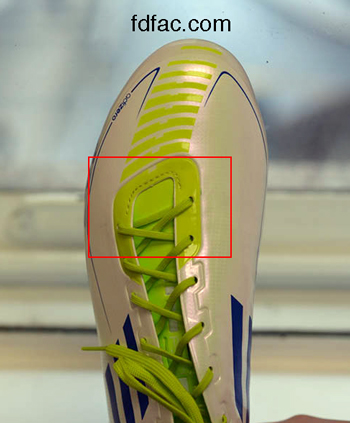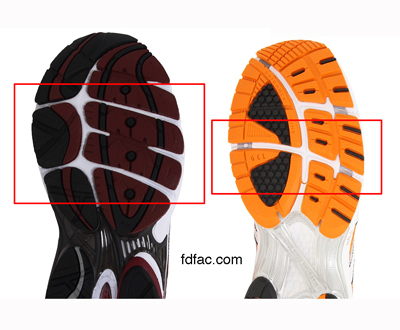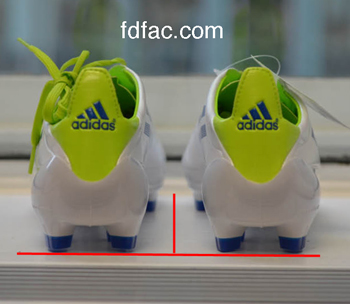I have had several runners and one roller derby player come to the office recently having sesamoiditis. The sesamoids are two small bones which are embedded in the tendon directly underneath the big toe joint. They act as a stabilizer of the big toe, keeping the toe moving up and down as opposed to side to side.
Sesamoids can occasionally fracture or be bipartate. Bipartate means that an individual sesamoid which normally starts out as two pieces and fuses together doesn’t fuse, leaving the two pieces separate, which the image below shows.

High-arched feet have a greater tendency to develop sesamoiditis than flat feet. Excessively worn, poor fitting or improperly designed shoes can also cause sesamoiditis.
Medical treatment depends on the severity of pain include icing, anti-inflammatory medications (Advil/Aleve), cortisone injections into the joint, immobilization and orthotics.
Shoe treatments include wearing a shoe that doesn’t flex at the forefoot or have a thin, non-shock absorptive sole. In a running shoe, this means no flex groove directly under the big toe joint where the sesamoid is inflammed.
Going barefoot is also not a good idea until the area heals.
Since the sesamoids bear weight with every step, this condition can take several weeks to months to improve. If however, the pain remains unchanged in spite of the treatment, then MRI should be used to make sure there’s no fracture. Fractured sesamoids require non-weight bearing immobilization with cast and crutches and occasionally surgical removal of the sesamoid.
If you have pain under the big toe joint that doesn’t improve with reduced activity and rest then you may have a fracture. Whether or not you have big toe discomfort of pain, it’s important to see a podiatrist for evaluation. Waiting to seek treatment can make this condition worse.













